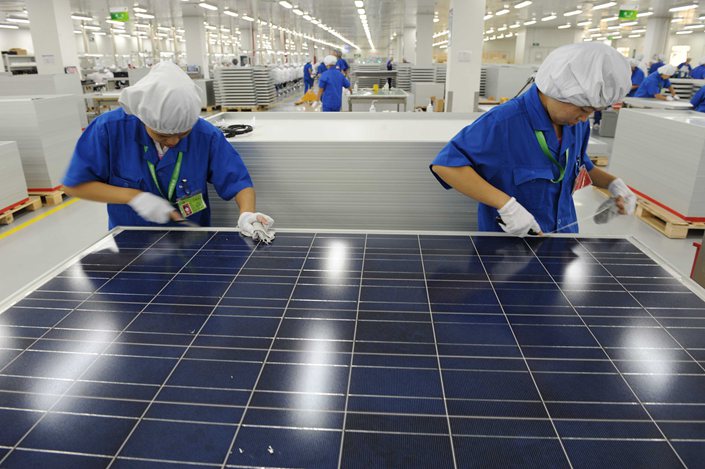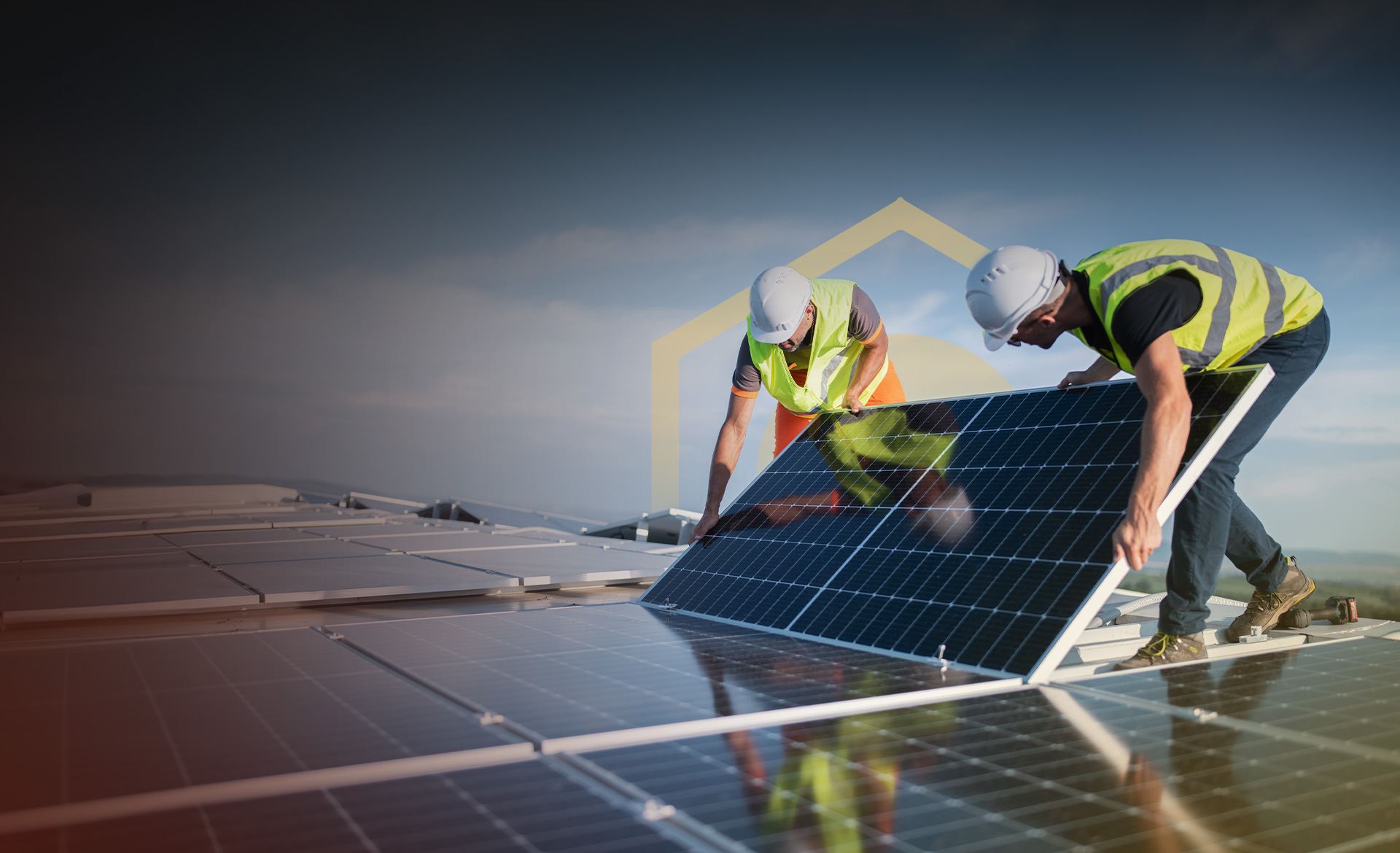Getting My Solar Panels Pennsylvania To Work
Getting My Solar Panels Pennsylvania To Work
Blog Article
Home Solar Installation PA: Our Company Concentrates On The Installation And Management Of Photovoltaic Energy Systems
History and Development of Photovoltaic Panel Companies
The creation of solar panel companies can be traced back to the 1800s when Alexandre Edmond Becquerel found the photovoltaic effect. Would he have imagined how his discovery would change the way we harness energy?
Early Beginnings

In 1954, Bell Labs developed the very first practical solar battery. This marked a significant milestone in the history of solar energy. They were at first used to power space satellites, but who understood this was simply the start?
Advancement and Growth
- In the 1970s, an energy crisis caused increased interest in renewable resource sources, consisting of solar energy.
- By the 1990s, developments in innovation and increasing ecological awareness caused the development of photovoltaic panel companies internationally.
A New Period
As we entered the 21st century, the solar industry saw an exponential growth. The demand for tidy and renewable resource brought about a new era in the solar panel market.
Fascinating Realities
- The world's very first solar power station was developed in 1982 in Hisperia, California.
- By 2019, solar power had actually ended up being the world's fastest-growing source of power.
Indeed, the journey of photovoltaic panel companies has been remarkable, hasn't it? The future holds tremendous potential, with constant improvements paving the method for a sustainable future. Can we picture a world powered totally by solar energy?
Moving on
Today, photovoltaic panel companies continue to innovate, pursuing more efficient and economical solutions. The development of solar power has come a long way, and yet, the journey has just started.
The Core of Solar Panel Production
Ever question what goes into producing those glossy, sun-loving solar panels? The procedure is as remarkable as completion product (Solar Panels Pennsylvania). High-purity silicon, the primary component in photovoltaic panels, goes through various transformations to ensure its effectiveness and sturdiness
From Sand to Silicon
Crystalline silicon, the backbone of the majority of photovoltaic panels, stems from simple sand. It's a fascinating journey, isn't it? The sand goes through a high-temperature response with carbon to form silicon. However, this isn't just any silicon. The silicon utilized in photovoltaic panels is "solar-grade," with a purity of 99.9999%. It's this purity that makes it possible for the panels to successfully transform sunlight into power.
Ingot Formation
When the silicon is pure enough, it's time to form ingots. Image a large, cylindrical block of strong silicon. How is this achieved? Through a procedure called Czochralski procedure, where the silicon is melted and after that gradually recrystallized. It's a sluggish dance of science, resulting in a strong product that is practically as pure as the raw silicon itself.
Slicing into Wafers
The ingots are then sliced into wafer-thin pieces, like slicing a loaf of bread. Each piece is a potential solar battery, waiting to harness the power of the sun. Did you know that the silicon wafers are only about 200 micrometers thick? That's about half the thickness of a human hair! The procedure requires precision and patience, however the result is a set of wafers ready to be developed into solar batteries.
Producing Solar Cells
With the wafer all set, it's time for the magic to occur. The silicon wafer is 'doped' with other elements like phosphorous and boron to create an internal electrical field. It's this field that makes it possible for the conversion of sunshine into electricity. Complex, isn't it?
Assembly and Quality Assurance
Solar cells resemble puzzle pieces that come together to form a photovoltaic panel. The cells are soldered together in a grid-like pattern, then covered with a protective layer of glass. The final step involves strenuous quality control checks. It's vital that every solar panel carries out at its peak, would not you agree?
Insider Suggestion
Constantly remember that even the most optimally manufactured solar panel can lose efficiency due to dirt and particles build-up. Routine cleansing can substantially improve your panels' performance.
Comprehending the Environmental Effect of Solar Panel Companies
Ever considered the ecological footprint of a photovoltaic panel company? Green technology, such as solar, has changed our energy landscape, however what about the behind-the-scenes impact?
The Manufacturing Process: A Double-Edged Sword
The production procedure for solar panels demands a substantial quantity of energy. This procedure, called 'em bodied energy', can be viewed as a type of 'energy financial obligation'. It's a little like borrowing today's sunlight to power tomorrow's energy needs. However stress not, the energy repayment time is frequently much shorter than you 'd believe!
- The energy payback period for photovoltaic panels is usually 1-4 years.
- After this duration, the energy produced is basically carbon-free.

Life After Decommission
And what occurs when a photovoltaic panel reaches completion of its life expectancy? Can it just be tossed into the trash? No, that would not be very green, now, would it?
A viable service is recycling. While solar panel recycling is still in its infancy, it holds a world of capacity. Recycling not only keeps materials out of landfills but likewise decreases the need for brand-new basic materials.
Accountable Sourcing: More Than A Buzzword
Where does the silicon originated from, you ask? Sadly, the industry's demand for silicon and unusual minerals can cause devastating mining practices. Accountable sourcing is therefore essential to reduce harmful ecological impacts.
Decreased Carbon Emissions: The Larger Picture
Let's not forget the bigger image: solar power substantially reduces carbon emissions. As soon as set up, photovoltaic panels create clean, renewable resource, offsetting their preliminary production footprint.
In other copyright, the environmental effect of solar panel companies is a complex issue. However, with responsible practices, the pledge of a cleaner, greener future is well within our grasp.

Financial Performance and Market Share of Photovoltaic Panel Business
Ever questioned why some solar panel business - Solar Panel Installation Pennsylvania outshine others in the market? What sets them apart? The key depend on their financial efficiency and market share
Financial Performance: An Important Indication
Financial efficiency plays a pivotal function in the success of any company. For photovoltaic panel business, it's no different. Strong financial efficiency makes it possible for these business to invest in innovative technology, research study, and development, thereby producing high-quality, efficient photovoltaic panels.
How do they attain this? With here a concentrate on cost efficiency and tactical investments. Business that manage to minimize production costs without jeopardizing on quality tend to fare better in the market.
Market Share: A Procedure of Success
Market share, on the other hand, is a direct reflection of a business's popularity amongst customers. A high market share implies more homeowners are picking their solar panels over competitors.
So, what's the secret dish for getting a larger market share? It comes down to consumer complete satisfaction and brand reputation. Companies that prioritize client requirements and preserve a positive brand image are most likely to capture a larger share of the market.
- Consumer Satisfaction: Photovoltaic panel business that provide dependable items and extraordinary client service tend to have higher client complete satisfaction rates.
- Brand Credibility: A strong brand name reputation is constructed with time through consistent shipment of quality product or services.
Financial Efficiency and Market Share: The Cooperative Relationship
Surprisingly, the relationship between financial performance and market share is not one-sided. They feed off each other. A strong monetary performance can increase a business's market share, while a high market share can enhance financial efficiency.
As a photovoltaic panel business, stabilizing these two aspects is crucial for long-lasting success. A company that overlooks either of them might discover it challenging to maintain its position in the competitive solar industry.
The Takeaway
What does all this mean for you? Whether you're a homeowner aiming to set up solar panels or an investor considering the solar market, comprehending the financial efficiency and market share of solar panel companies is important. They are key indicators of a business's health and potential for future development.
Report this page